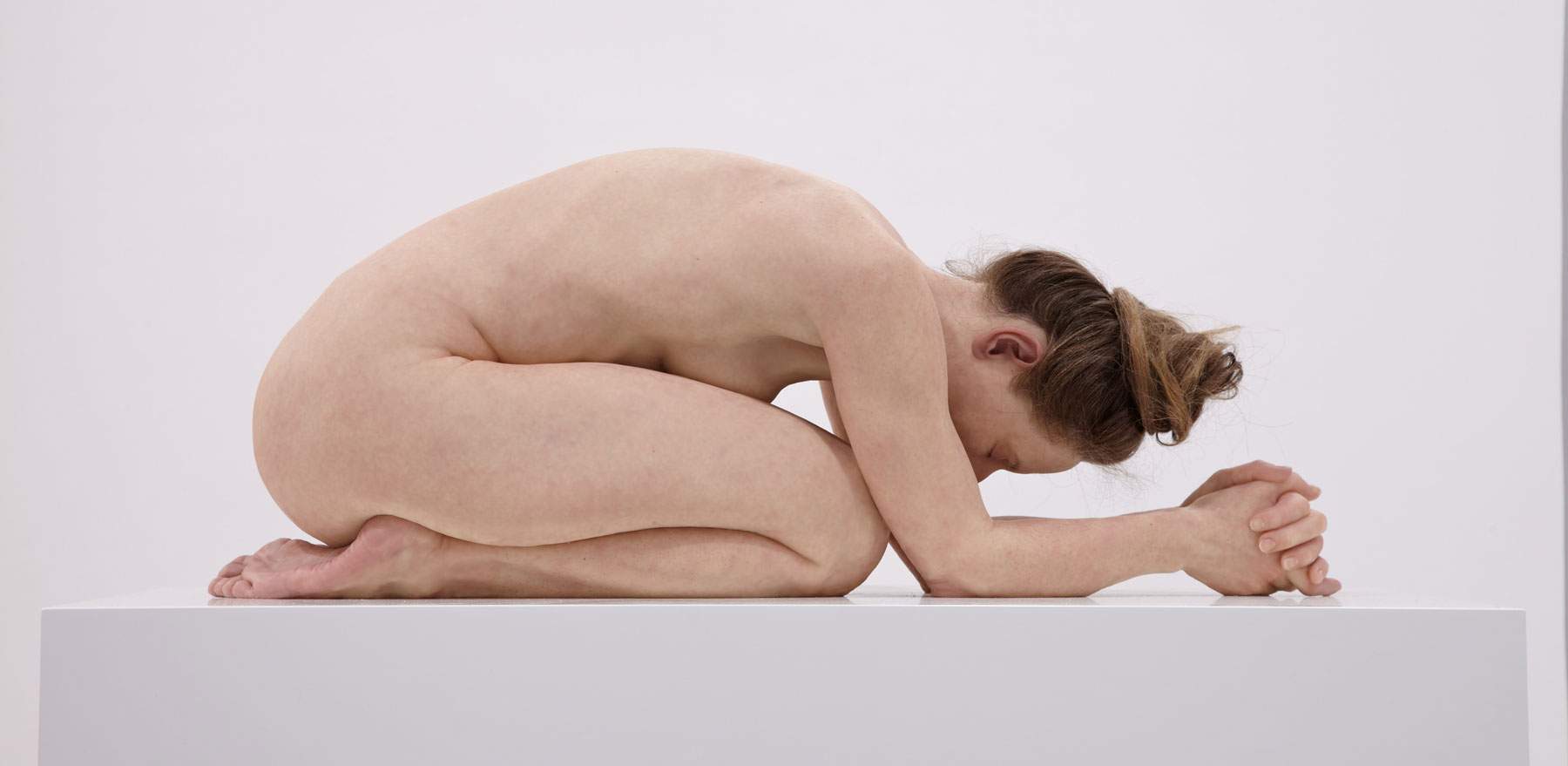These bodies... are not bodies, but statues. A major exhibition of hyperrealist sculpture in Belgium.
From November 22, 2019 to May 3, 2020, the Musée de la Boverie in Liège, Belgium, is hosting a major exhibition of hyperrealist sculpture: it is Ceci n’est pas un corps and brings together several works by many of the great masters ofhyperrealism. The exhibition takes the title of a famous painting by René Magritte that investigates the relationship on reality, just as the Belgian exhibition aims to do. About forty works by major international artists (some names: Berlinde de Bruyckere, Maurizio Cattelan, John DeAndrea, Duane Hanson, Sam Jinks, Paul McCarthy, Ron Mueck, George Segal, Xavier Veilhan) are on display to trace a path on the depiction of the human body in hyperrealist sculpture from the 1970s to the present. The selection aims to address key issues in hyperrealism’s approach to representation in a way that highlights how our view of the body has evolved over time. In addition, the exhibition also aims to present all the possibilities traveled by hyperrealist sculpture.
The diverse origins of the artists in the exhibition (from the U.S. to Australia, from Italy to the U.K., from France to Spain) highlight the international character of the hyperrealist movement, whose origins can be found in the 1960s (hyperrealism was born as a reaction to the aesthetics of abstract art), but which continues to be fully operational even today.
The exhibition is divided into six sections: Human Replicas, which discusses the movement’s beginnings by delving into the figures of Duane Hanson and John DeAndrea, whose sculptures sought to create works that were as truthful as possible); Monochromes, which, beginning with the research of George Segal who created unpainted sculptures focusing solely on forms, explores the work of artists such as Xavier Veilhan and Thom Puckey who use the same effects to tell us about their conception of “being human”; Body Parts, where we explore the trend (which began in the 1980s with artists such as Carole A. Feuerman and then continued by Maurizio Cattelan, Jamie Salmon and others) to make sculptures that depict only parts of the body and not the whole figure as in the early days of hyperrealism; Bounty Game, where works that distort the normal proportions of the human body, such as those by Ron Mueck who is a master of the genre, are exhibited; Dissimilar Realities where the public encounters works that manipulate the human body to create strange beings that are nonetheless realistic, as in the works of Evan Penny or Berlinde de Bruyckere; Frontiers in Motion, dedicated to the latest achievements of hyperrealist sculpture in dialogue with contemporary themes.
The exhibition, produced by Tempora agency, is open Tuesday through Friday from 9:30 a.m. to 6 p.m., weekends from 10 a.m. to 6 p.m. Closed Mondays, Dec. 25 and Jan. 1. Tickets: 15 euros full, 13 euros over 65 and groups of at least 20 people, 8 euros children and students (ages 6 to 25), school groups 6 euros, free for children under six. Cumulative tickets for exhibition and museum also possible. For info visit the exhibition website.
Photo: Sam Jinks, Untitled, kneeling woman (2015)
 |
| These bodies... are not bodies, but statues. A major exhibition of hyperrealist sculpture in Belgium. |
Warning: the translation into English of the original Italian article was created using automatic tools. We undertake to review all articles, but we do not guarantee the total absence of inaccuracies in the translation due to the program. You can find the original by clicking on the ITA button. If you find any mistake,please contact us.



























